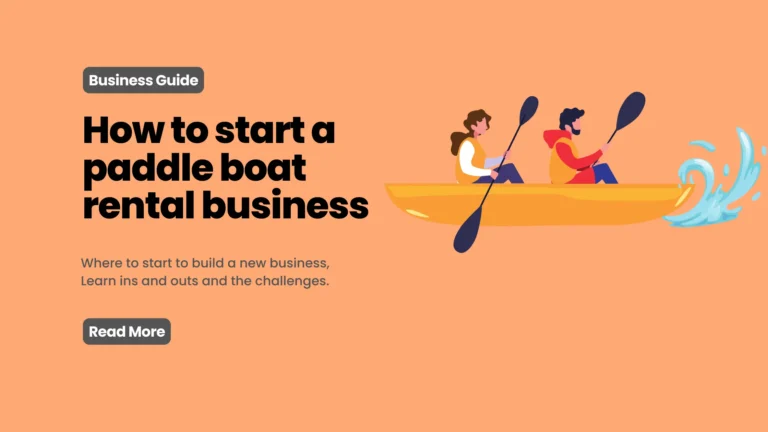How Weather Conditions Affect Kayak Rentals- Detailed Guide
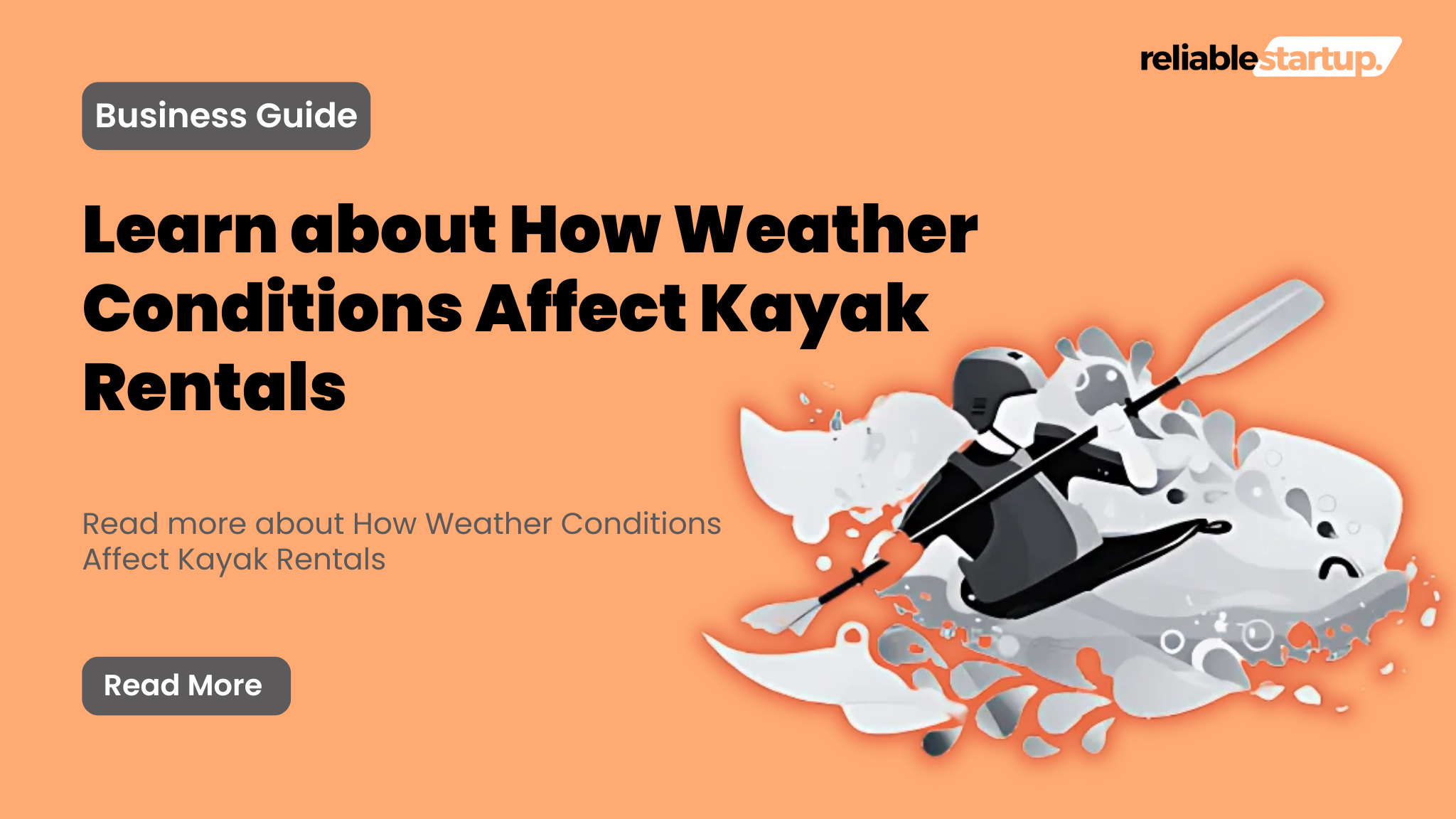
The kayak rental business is a wonderful start, but you have to take care of some things. You need to think of the criteria your clients have set to meet. They have their comfort level; they have some demands to fulfil.
Well, to meet their requirements, you must create a list. You should know about the weather conditions because it’s one of the most concerning things. Weather conditions can affect your kayak rentals badly.
As a kayak business owner, you should know about how weather conditions affect kayak rentals so that you can make efforts to comfort your audience against it. This way, you can save your business and even take it to the peak of success.
So, what are you waiting for?
Let’s explore the conditions which affect kayak rentals!
How Weather Conditions Affect Kayak Rentals
Wind Speed and Direction
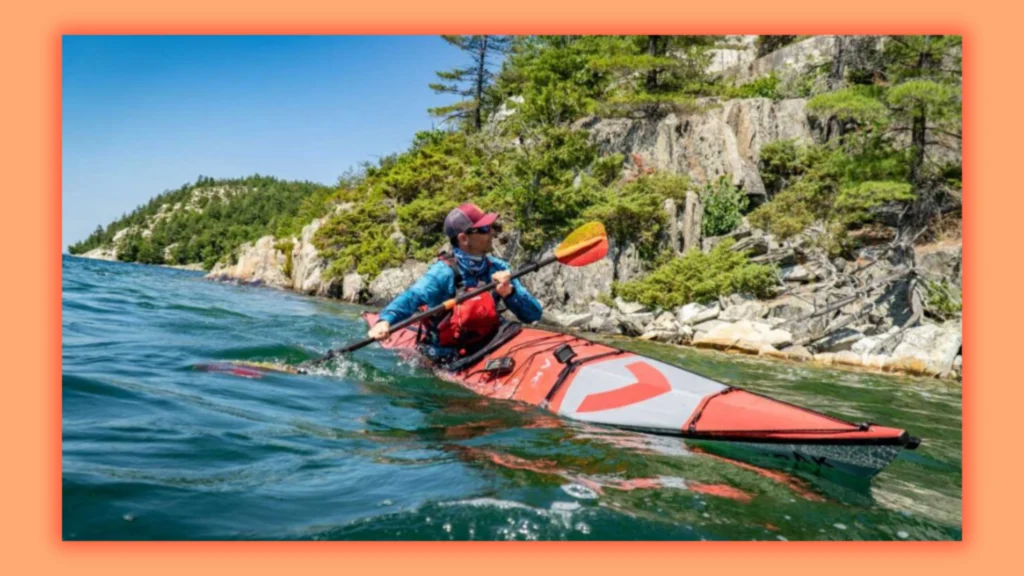
The wind is the main factor that can affect your kayak business. Do you know why?
Because it creates rough water conditions and makes it difficult for kayakers to paddle efficiently, this way, it creates the risk of capsizing.
This business has a policy and restricts rentals on days with strong winds. You are strict about doing this if you are a newbie in this field, while if you are not new to this, then you can manage it.
Also, Read Creating a Website for Your Kayak Rental Business
Rain and Storms
Rain can affect kayakers, too. It discourages people who are new to this thing. Now you have to see what kind of rain it is because different rains will affect differently.
If the rain is light, this may not influence your journey badly, so you don’t need to be worried about this. But if the rain is heavy and it’s destroying everything, then you have to stop kayaking because heavy rain makes everything invisible. It affects water levels and increases the chance of hypothermia.
Moreover, in Thunderstorms, you may face strong winds that pose extreme risks and prompt rental businesses to suspend operations temporarily.
Temperature Variations
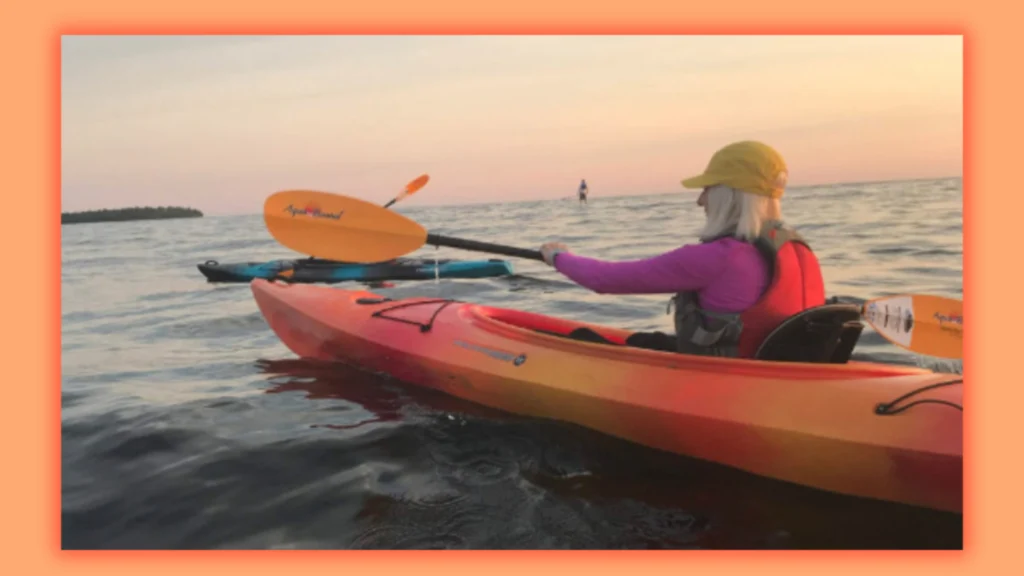
Now, think about the temperature variations. Don’t you think it will affect both conditions, whether the customer’s interest or safety?
Yes! No doubt that extreme temperature affects both the customer’s interest as well as their safety. Furthermore, talk about the cold weather. Cold weather can cause hypothermia. When the kayaker’s paddle is wet, it will affect him.
So, in this situation, they need guidance on proper clothing and hydration ensuring a safe experience for customers.
Also, Learn Rental Pricing Strategies for Kayak Rentals
Water Levels and Ides
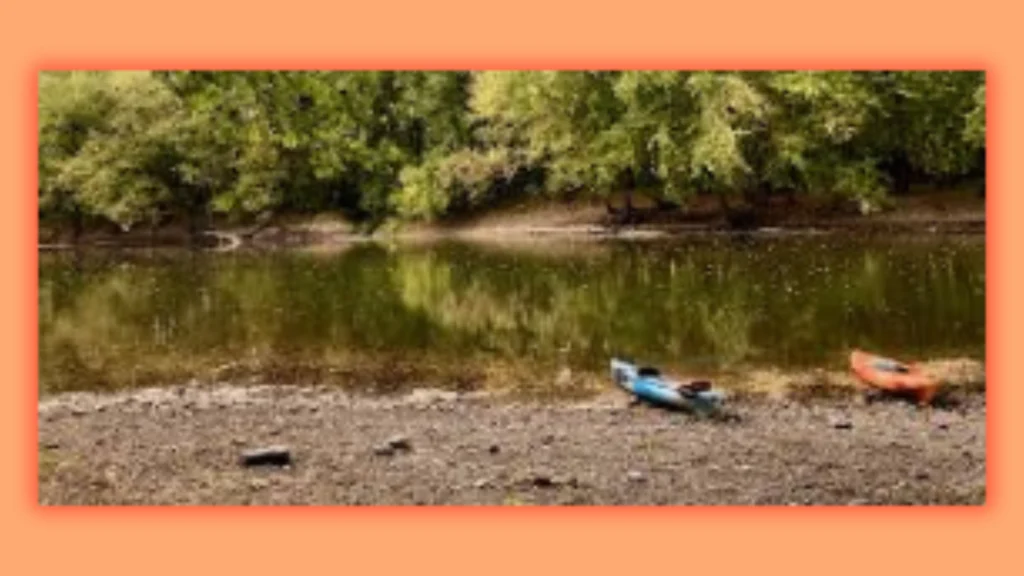
The tides are important when renting a coastal kayak. It is difficult to paddle in strong tides, and low tides can reveal obstructions like sandbanks and boulders.
Rainwater levels in rivers and lakes might compromise accessibility and safety, resulting in short-term rental limitations.
Visibility and Fog
Fog can affect your kayaking because fog reduces visibility, makes it more difficult to navigate and increases the chance of crashes.
In addition, you need to make paddlers stay near the shore and use safety equipment like lights and whistles. Rental companies may advise against kayaking in heavy fog.
Best Practices for Kayak Rental Businesses
Keep an Eye on Weather Forecasts.
Check weather reports from trusted sources on a regular basis and inform your customers about any hazards.
This guarantees that before getting on the water, renters fully know the conditions that might be expected. Businesses should remain proactive in averting hazardous circumstances by using weather-tracking applications and notifications.
Also, Read Top Kayak Maintenance Tips For Rentals: A Guide for 2025
Establish Safety Guidelines
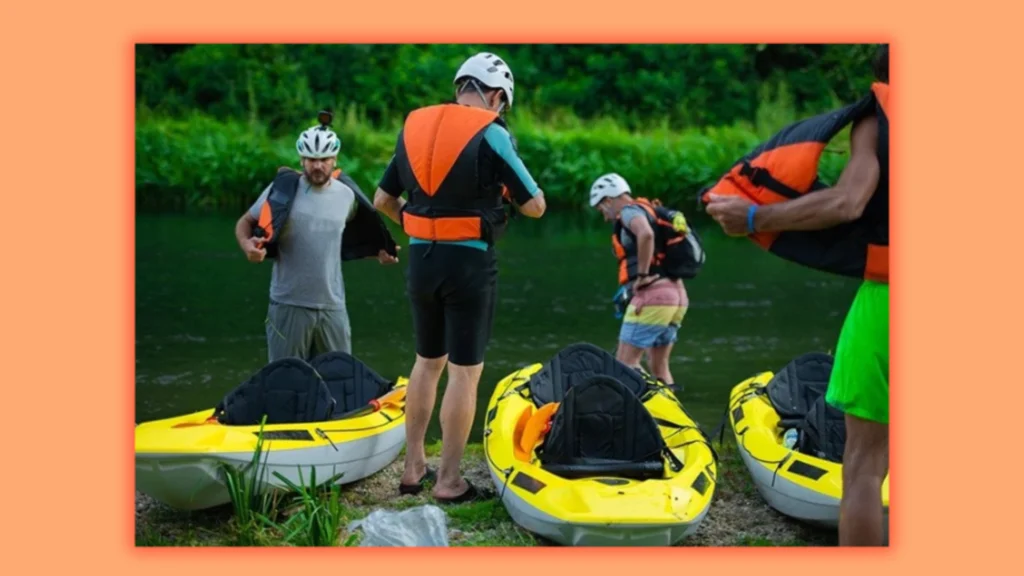
Clearly define rules for renting kayaks based on water conditions, storm hazards, and wind speed. To protect customers, rental companies should have a clear cutoff point for when rentals should be restricted or suspended. Policies must be clearly posted and communicated to clients prior to rental approval.
Provide Safety Gear
You should give renters essential safety gear such as life jackets, waterproof clothing, whistles, and emergency kits.
Your businesses should also offer optional safety accessories like GPS trackers and waterproof phone cases to enhance security on the water. Ensuring that all gear is well-maintained and fits properly is crucial.
Educate Customers
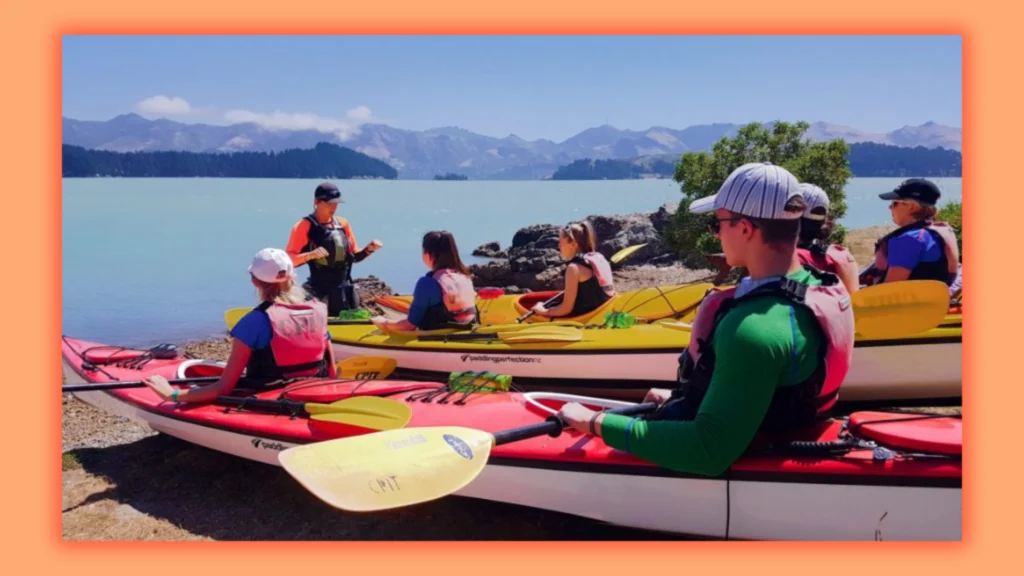
Basic instructions on how to deal with various weather conditions, manage choppy waters, and handle emergencies should be provided.
Essential safety procedures can be reinforced by giving clients leaflets or brief educational movies. Encourage new people to join guided tours that might improve their safety and experience even more.
Also, Read Best Insurance for the Kayak Rentals
Flexible Booking Options
In the event of bad weather, provide them the option to reschedule or get a refund. In addition to guaranteeing client happiness, this strategy keeps people from taking needless chances.
Transparency and confidence between the rental service and its clients are ensured by clear communication regarding return policies in the event of unforeseen weather conditions.
Conclusion
Make sure that your staff is aware of how weather conditions affect kayak rentals so that they can follow the instructions impactfully. If they aren’t able to recognise them, they will not tell the customers to deal with this.
If you are still confused about it, you can approach our team to guide us more effectively.
FAQs
What is the kayaking temperature rule?
According to this guideline, the combined air and water temperatures must be greater than or equal to 120 degrees Fahrenheit.
When is it inappropriate to kayak?
When the wind is 15 knots or higher, we do not advise kayaking on the water. Waves increase with wind. You can get a fair sense of whether you should venture out by eyeballing the water.
What are the disadvantages of a kayak?
- Drowning
- Hypothermia & Cold Water Shock
- Getting Lost (Especially At Sea)Weir
- s & Low-Head Dams
- Drinking & Paddling
- Inexperience: Overstepping Your Ability
- Adverse Weather Conditions & Sun Exposure
- Capsizing.






